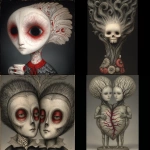Explore the Best AI Image Gallery

Pixelated Dreams: Exploring the Impact of AI Images in Design
The creative landscape is undergoing a seismic shift, powered by the emergence of artificial intelligence (AI) image generation. These sophisticated algorithms, trained on massive datasets of images and text, can now produce stunningly realistic and imaginative visuals, blurring the lines between human and machine creativity. This unprecedented capability has profound implications for the design industry, opening up exciting new possibilities while simultaneously raising ethical considerations that demand careful attention.
A New Creative Tool in the Designers Arsenal
AI image generation tools are rapidly becoming indispensable assets for designers across various disciplines. From conceptualizing initial ideas to refining existing designs, these tools offer a wide range of applications:
- Rapid Prototyping: Designers can quickly generate multiple variations of a design concept, exploring different aesthetics and layouts without the time constraints of manual creation.
- Personalized Content: AI algorithms can tailor visuals to specific user preferences, demographics, or contexts, enabling highly personalized marketing campaigns, product designs, and user experiences.
- Concept Exploration: Designers can leverage AI to visualize abstract ideas or explore unconventional design directions, pushing the boundaries of imagination.
- Asset Creation: AI can generate textures, patterns, icons, and other design elements, streamlining the asset creation process and freeing up designers for more complex tasks.
The Potential of AI in Design: Beyond the Obvious
While the immediate applications of AI image generation are readily apparent, its potential extends far beyond these practical uses:
- Democratization of Design: AI tools can empower individuals with limited design experience to create professional-looking visuals, fostering greater accessibility and inclusivity in the creative process.
- Enhanced Collaboration: Designers can collaborate more effectively using AI as a shared platform for brainstorming, concept development, and iterative refinement.
- New Artistic Expressions: AI algorithms can generate unique and unexpected visuals, inspiring new artistic movements and pushing the boundaries of creative expression.
Navigating the Ethical Landscape
The rise of AI image generation also presents significant ethical challenges that require careful consideration:
- Copyright and Intellectual Property: Questions arise regarding ownership and copyright of AI-generated images, especially when trained on existing copyrighted material.
- Bias and Representation: AI algorithms can perpetuate existing societal biases if trained on biased datasets, leading to the reinforcement of harmful stereotypes in generated visuals.
- Job Displacement: There are concerns that widespread adoption of AI image generation could lead to job losses for human designers, requiring reskilling and adaptation within the industry.
Shaping the Future of Design
As AI image generation technology continues to evolve, its impact on the design industry will undoubtedly deepen. The future holds exciting possibilities for increased efficiency, creativity, and personalization, but it also necessitates a proactive approach to address the ethical challenges that accompany this transformative shift.
Designers, educators, policymakers, and the general public must engage in open dialogue and collaboration to ensure that AI is used responsibly and ethically, ultimately empowering human creativity and fostering a more inclusive and equitable creative landscape.
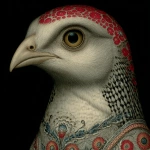







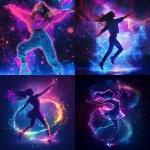
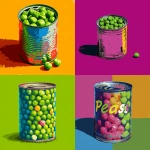



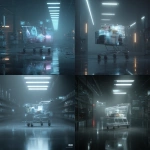


](https://images.ai-img.art/thumbnails/150/45237dfa7845159b860f9e234c48c4418e8efcb52b4d15da4493f46e6a99f337.webp)
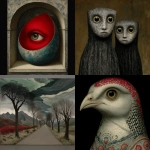
](https://images.ai-img.art/thumbnails/150/6a9bb97a3f1c45ab616724cc54bca010cbcc2d658a9c0e4581aa181c88046444.webp)


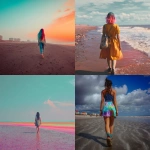
](https://images.ai-img.art/thumbnails/150/6a577517a359cd2bc6212d6b0f12c7cab660841317023550a76c84f409c7f2d0.webp)
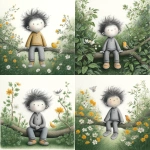



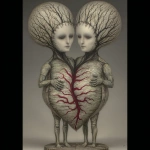
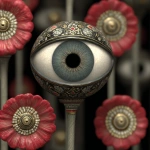

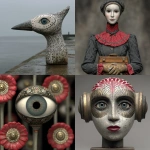







](https://images.ai-img.art/thumbnails/150/1b14bd827b740aca3b0d8efa7ed6865e28c7c8382172f3f565c96b6c5f64ca78.webp)
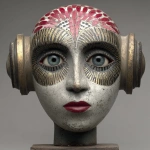





](https://images.ai-img.art/thumbnails/150/065f0b2e150f4cc43a9da80d822e8a385e9e50f2f6ff2cc3be7639cfd74952da.webp)


